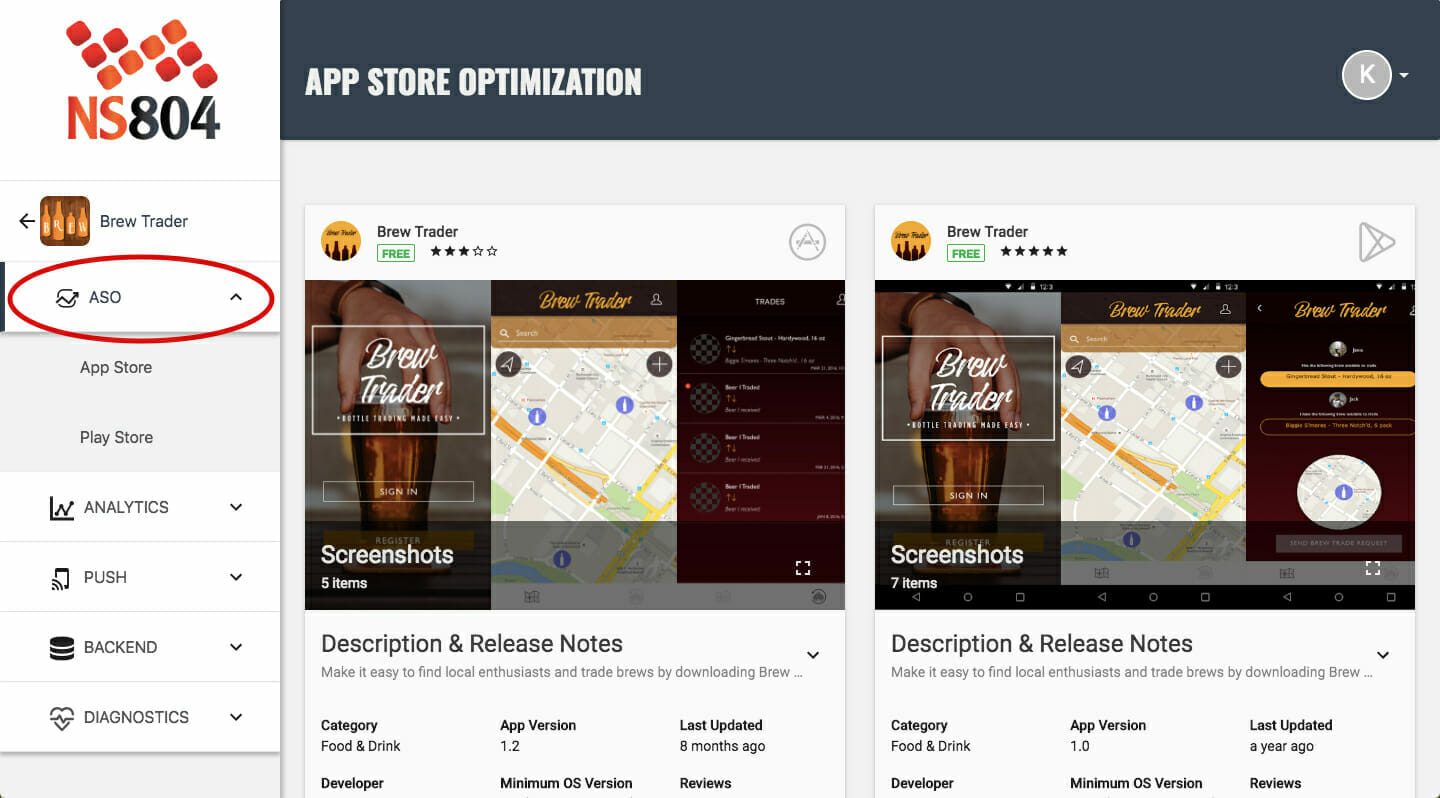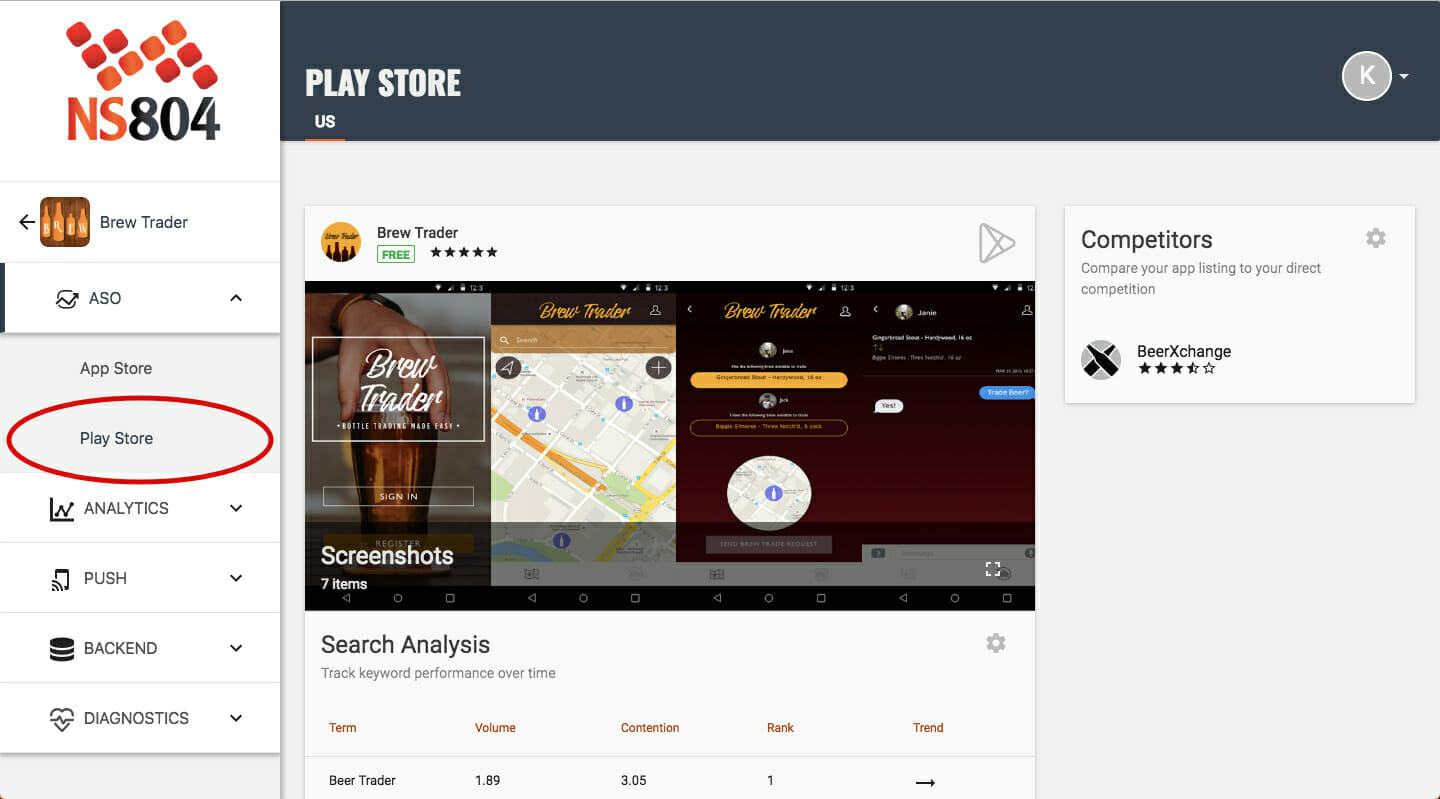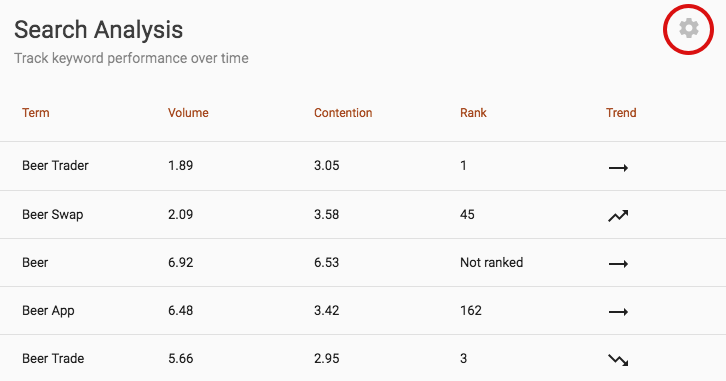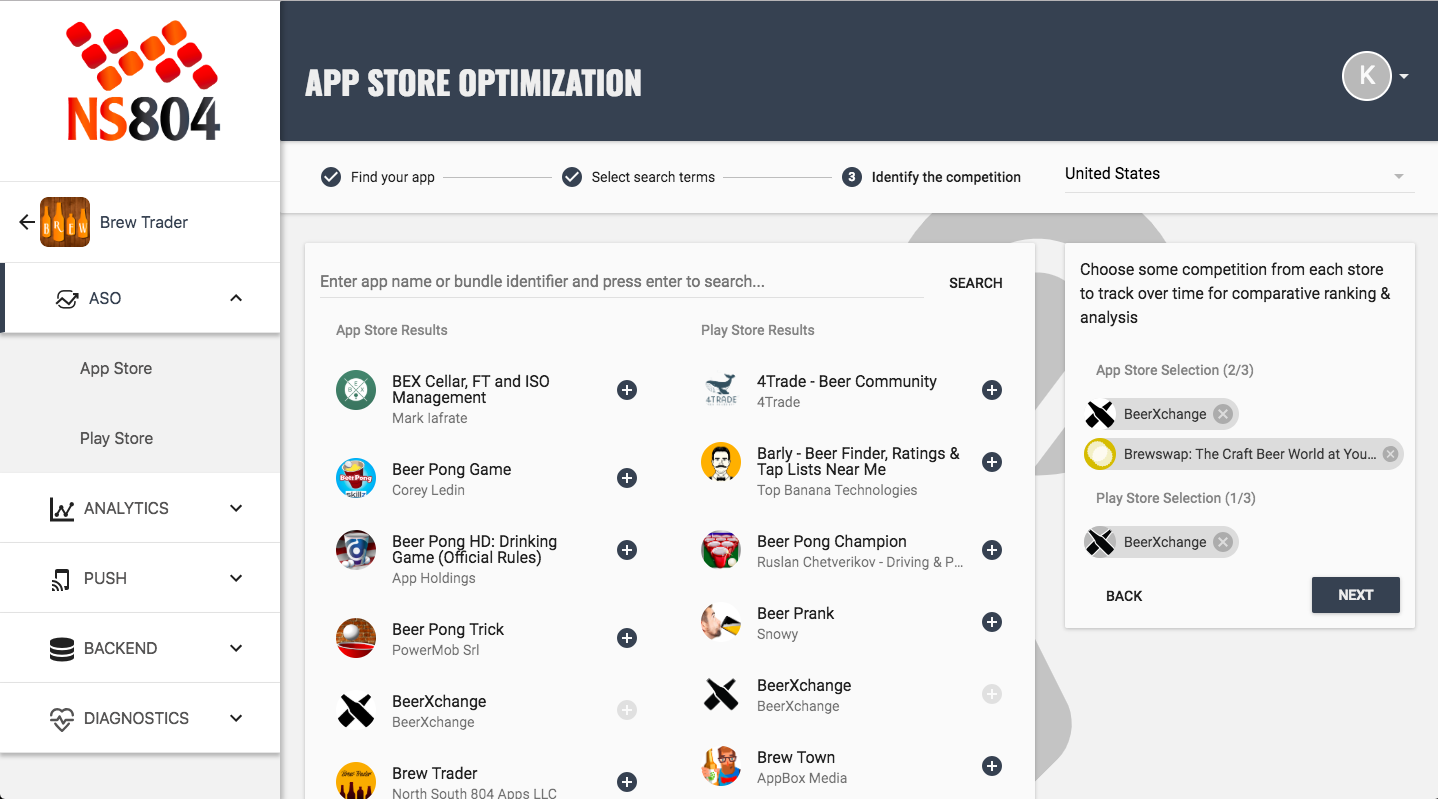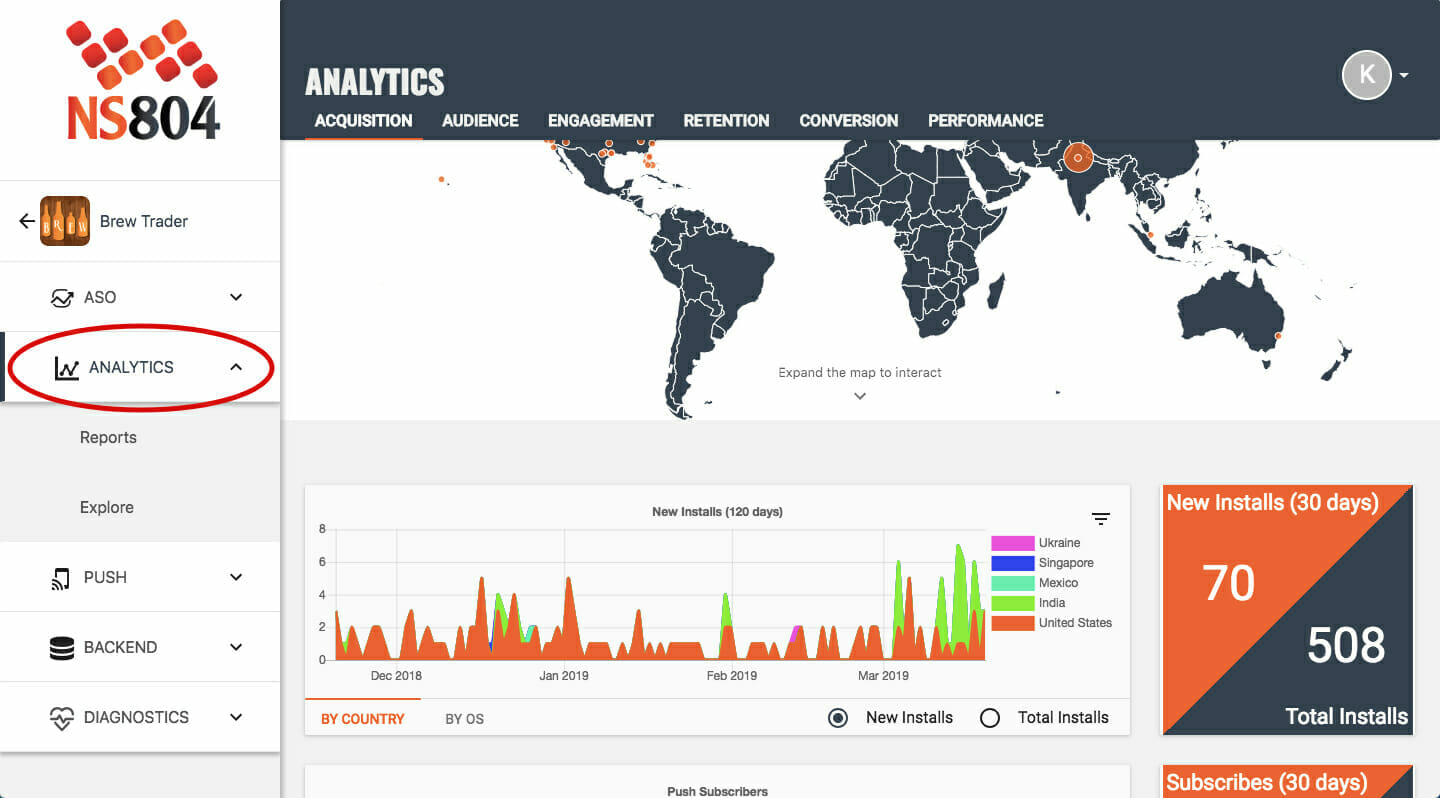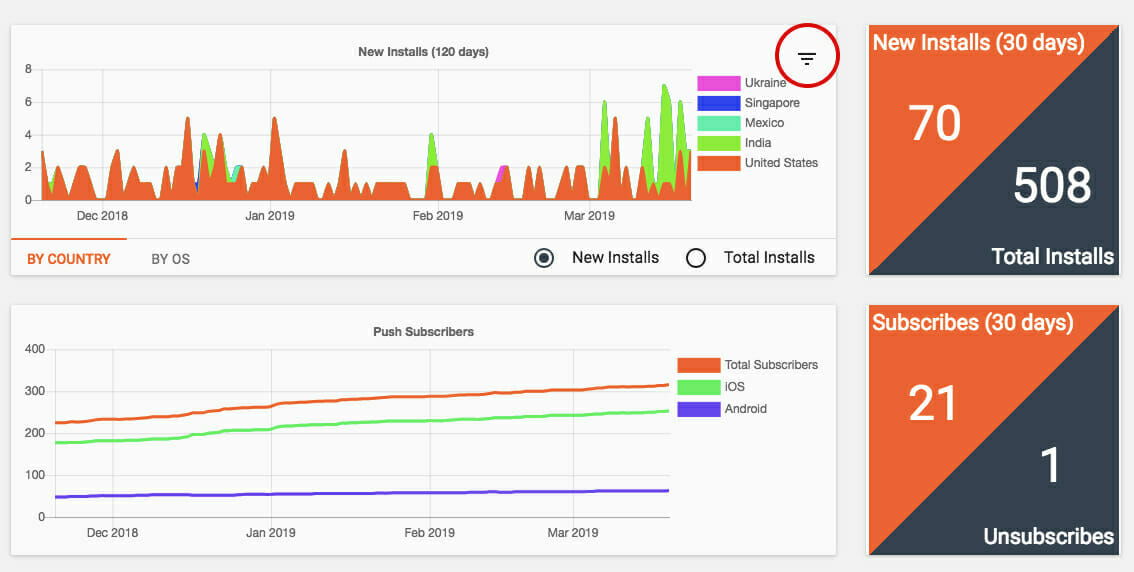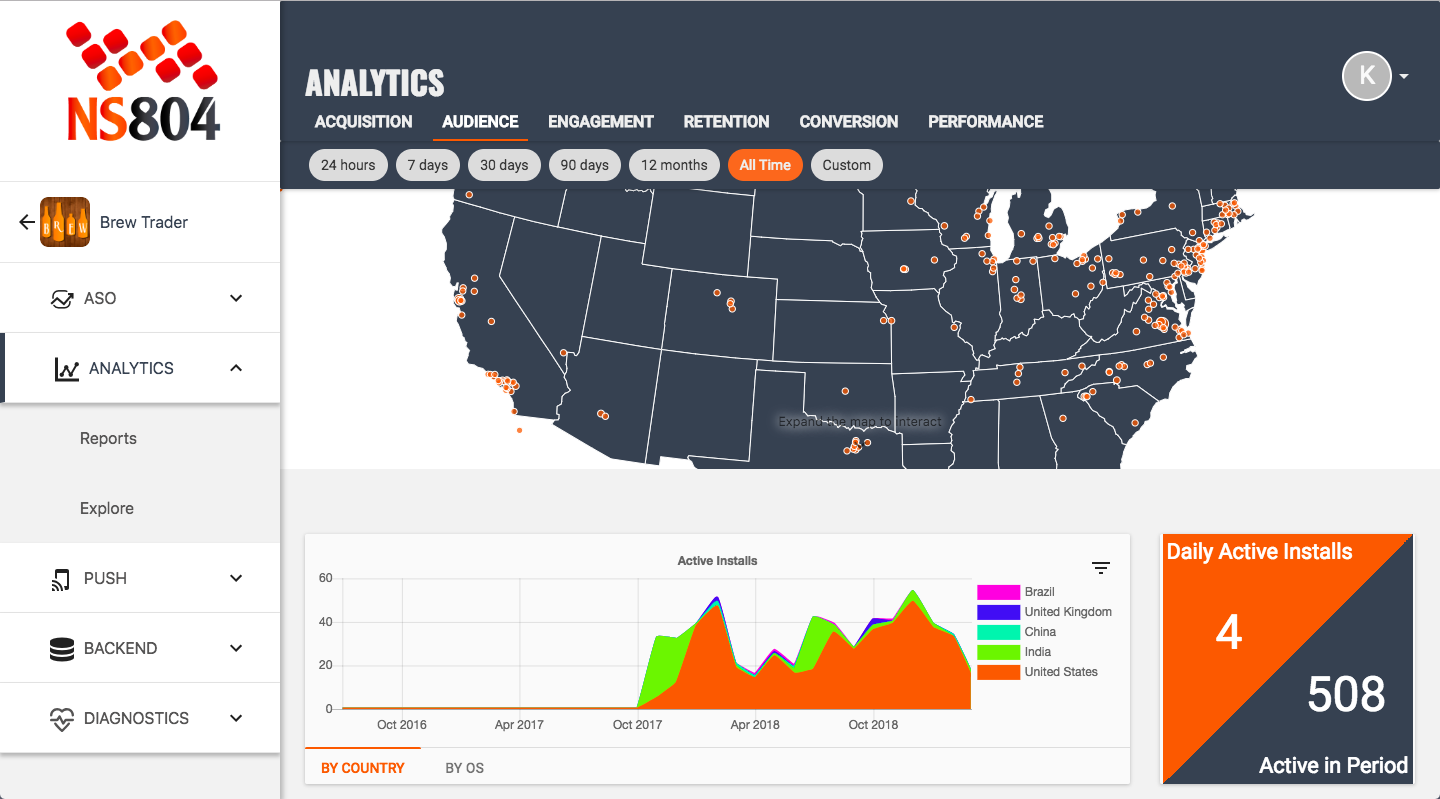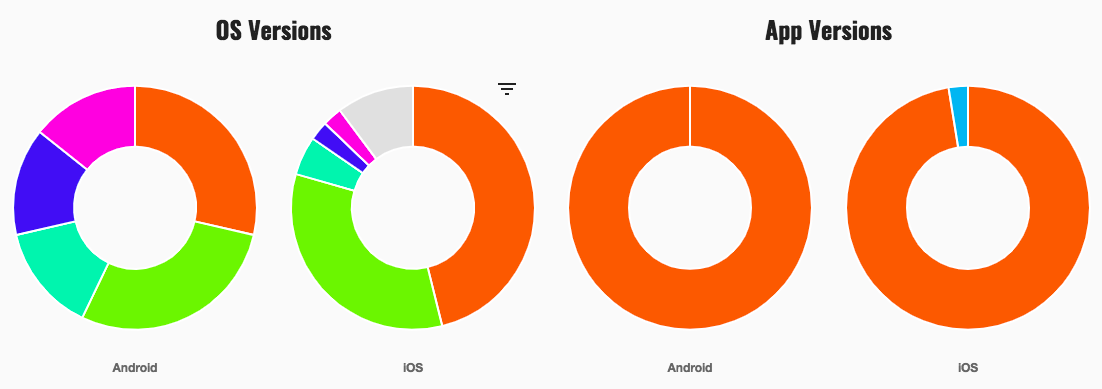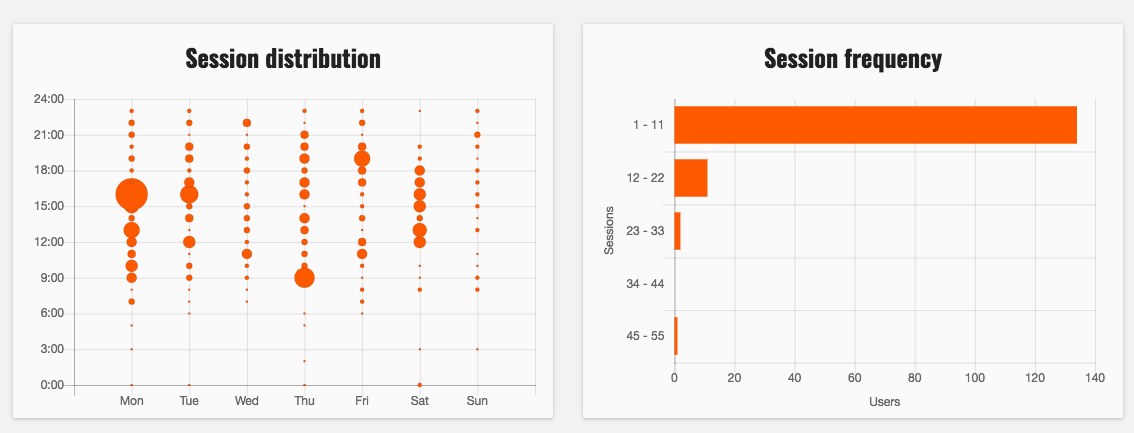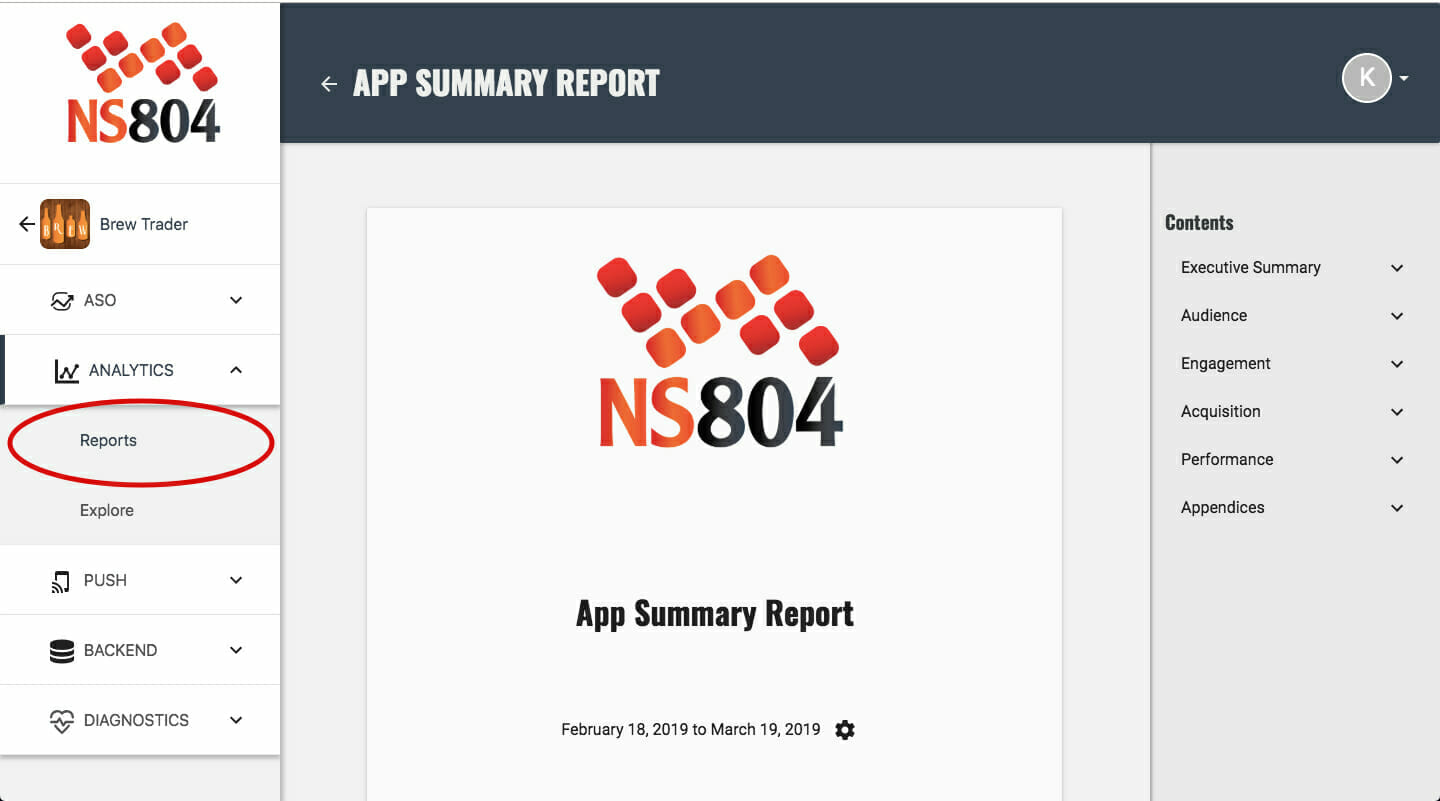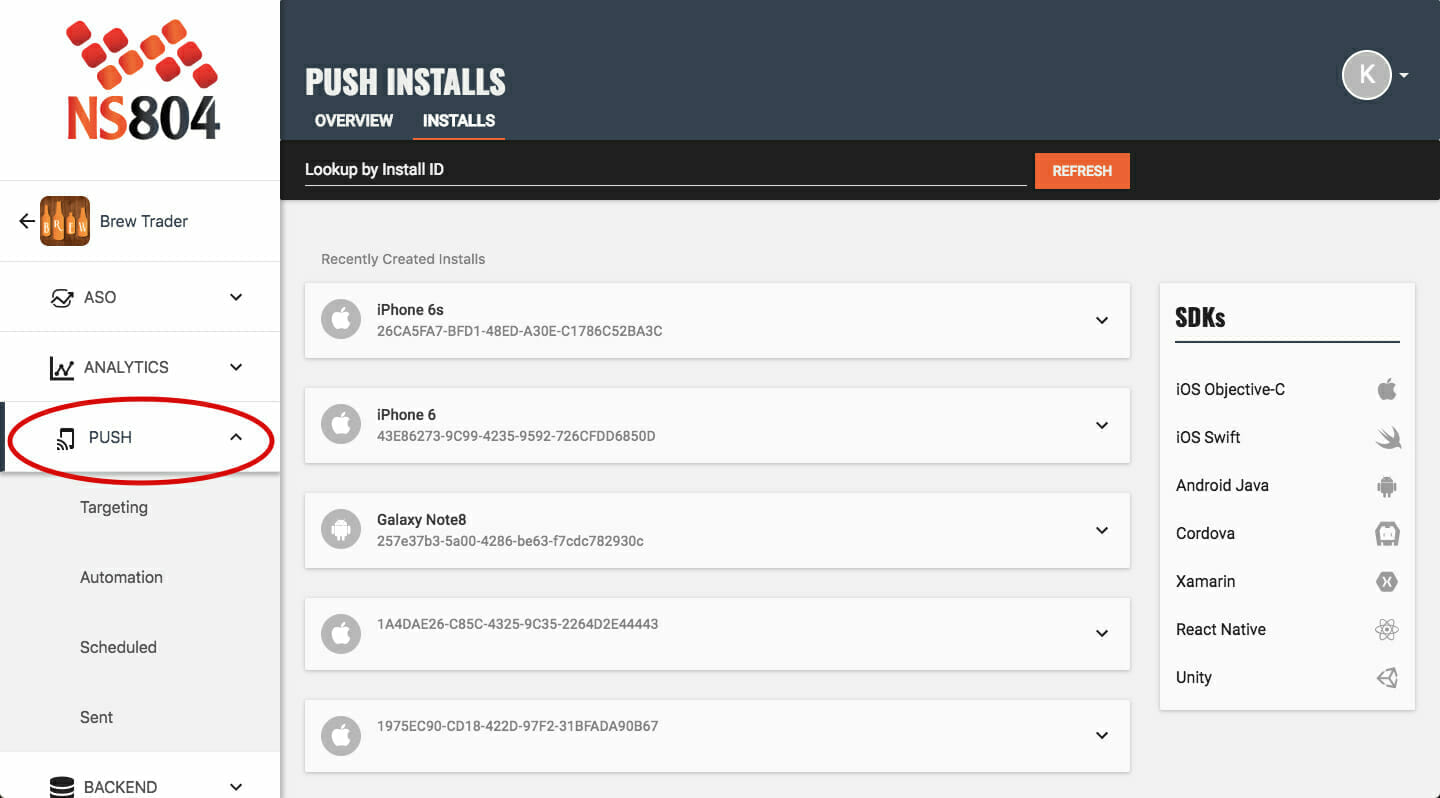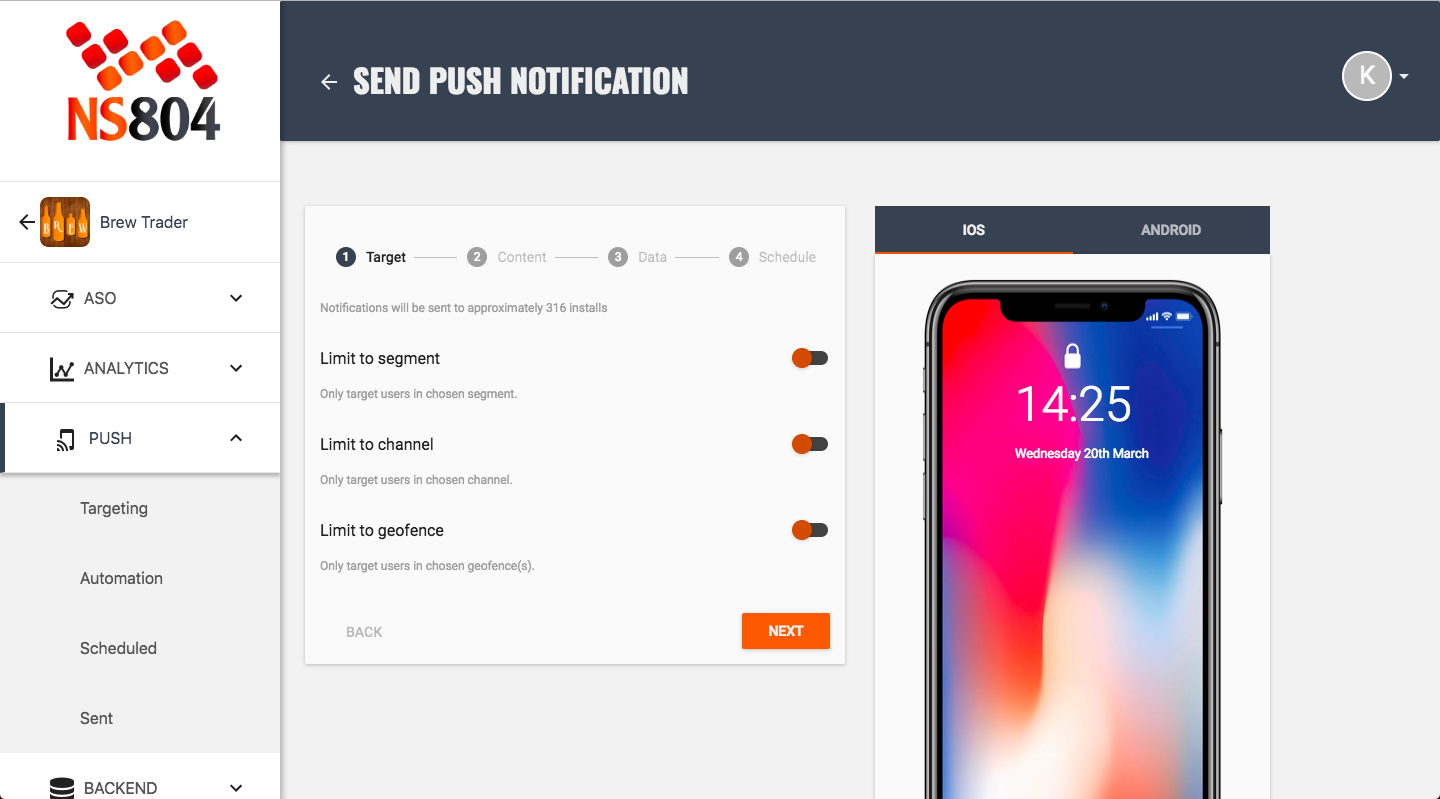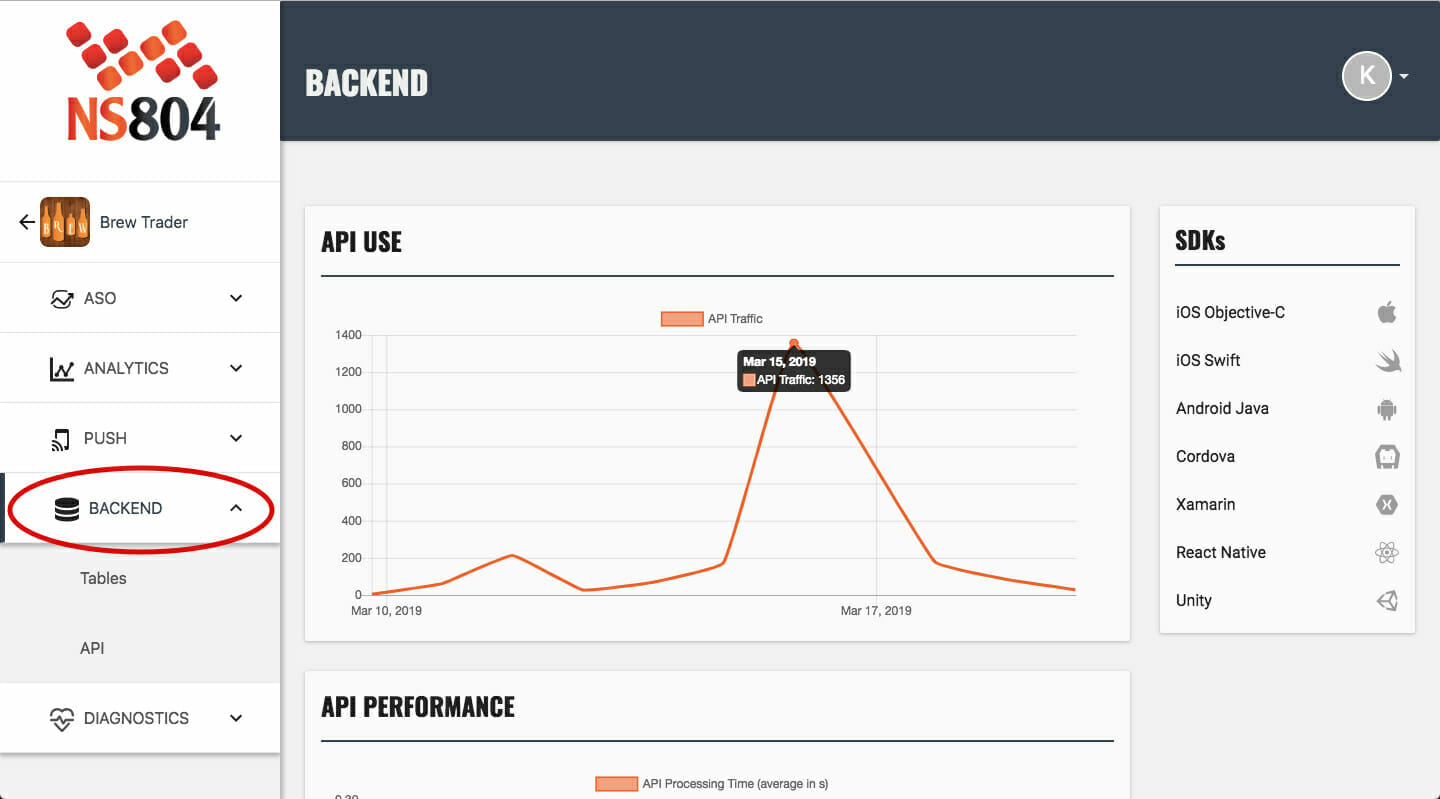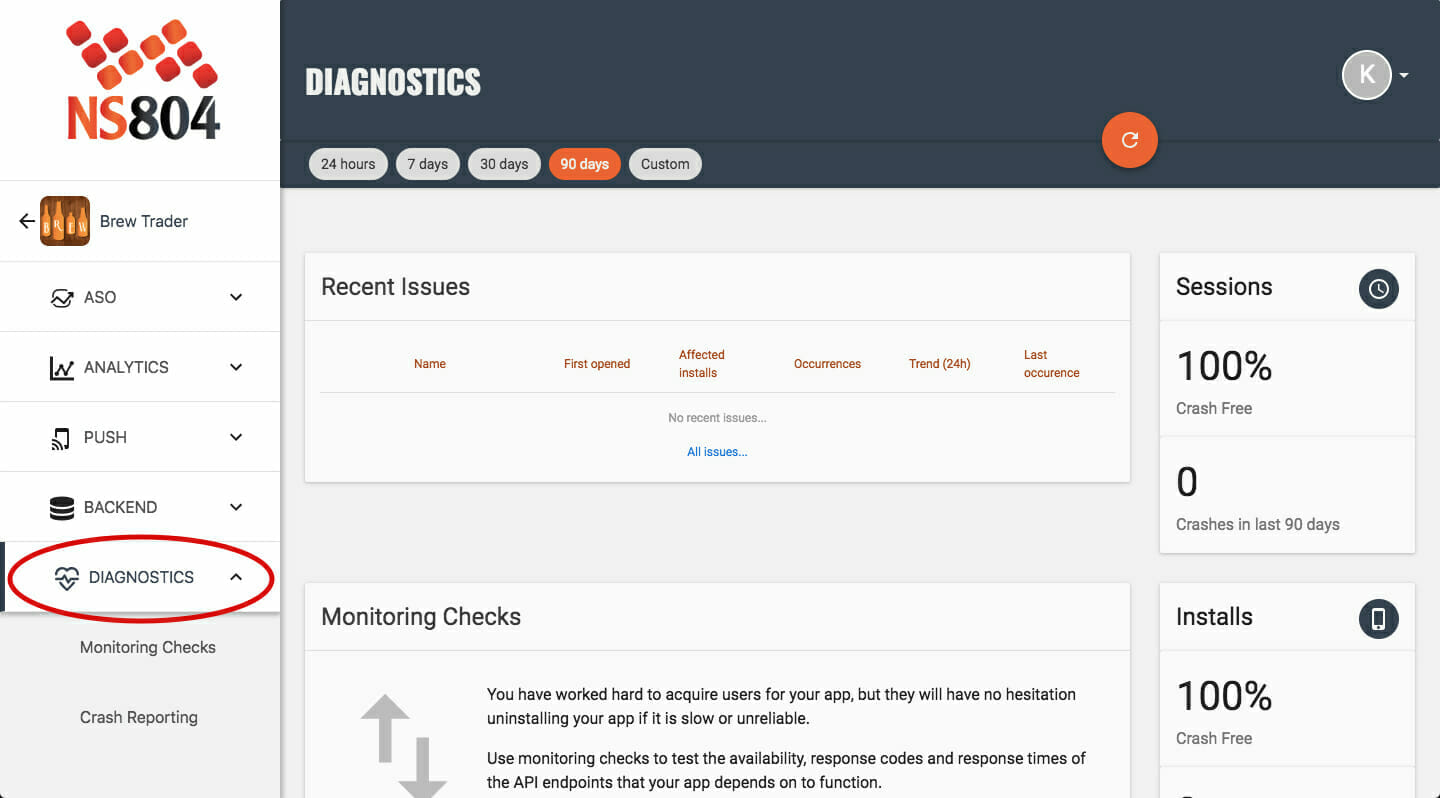Improving your business operations and culture with an internal app
Very rarely does a change in your business’ process relate to a boost throughout the entirety of your company’s systems and departments – and you’d be right to be wary of anyone claiming to be able to facilitate such sweeping reform.
But there is one change you can make that will increase your company’s efficiency, communication, collaboration, training, and employee retention, as well as inventory management, accounting, service, and sales – all of these facets of your business can be improved simultaneously by creating an internal mobile app for your employees and operations.
Most companies understand the power of reaching out to their audiences using a consumer-facing mobile app. Global mobile traffic hovers at around 50% of all internet usage, and 82% of all mobile users in the U.S. made at least one online purchase through their mobile device as of December 2017. Out of all that mobile traffic, 90% comes from time spent using apps.
Stats like these are compelling – and make for good figures to show to board rooms. But here’s another stat to consider: A study conducted by the Society of Human Resource Management found that large corporations (~100,000 employees) reported an average loss of $62.4 million per year due to miscommunication, and small companies (<100 employees) on average report a loss of $420,000 a year for the same reason.
Those are the direct opposite of insignificant figures. Let’s look into the various ways a mobile app can boost your business’ bottom line and employee culture at the same time.
Improve your employees’ communication consistency
Have you ever called an employee’s phone, and not gotten an answer? Of course you have. Does your team struggle to keep on top of emails from other team members? More than likely, at least sometimes.
With your own internal app, you can keep all communication under one roof – a good way to ensure employees with multiple emails or phone numbers are kept in the loop. This also helps keep past conversations organized, which makes referencing data supplied by co-workers a much faster process for employees working on a project or being trained, lessening the amount of interruption in workflow they face on a daily, hourly, or even minute-by-minute basis.
Workers switching between programs or even devices might not seem like the massive time sink that it actually is – but consider the decision of UPS to not make left turns; they invested in a software that mapped the United States (as well as most of the world), in order to nearly eradicate left turns from their parcel delivery truck routes. This decision ended up saving the company over 20 million gallons of fuel every year – those seconds it takes to make a left turn add up, and the same is for employees waiting for that one program that always takes so long to boot up.
Email is the left turn of inter-office communication. An app keeps everyone, at all times (at least during work hours), in real-time communication with each other – no delays or time spent finding someone.
Your internal app doesn’t have to be limited to the four walls of your office, either – we actually include our clients in their own specific channel in order to ensure clear and quick communication, as well as transparency in the development process. Our business developer regularly sends us photos of cool things happening in the city during his client meet ups – or a photo of his passenger seat laden with donuts on their way back to the office.
If you work in collaboration with any outside teams, agencies, or freelancers, or have a sales or service team in the field, a mobile app keeps them in constant communication as well.
Communication is the key to a strong & collaborative culture
Everyone likes being heard – and from reasons ranging from remote workers to introverted employees, it can be difficult for some of your employees’ voices to be recognized. According to a Gallup poll, 70% of the work force is disengaged – and reasons reported include:
- Lack of feedback or direction from their manager
- Lack of socialization with their team
- Lack of understanding of their company’s mission and values
- Lack of proper communication between them and their manager
All of these issues can easily be solved with an internal business app. For example, a few months ago, I experienced a death in my family; in the following weeks, the messages and encouragement I would receive from our CEO and my team members were enormously beneficial to my productivity, my well being, and my connection to NS804.
All of our communication is done through this channel. The connection it provides is the backbone of our culture – it’s surprising how empty even a small office can feel without some form of instant communication available.
Our CEO can randomly quiz us on our core principles, and give out rewards to the person who responds the fastest; non-punitive competitions like this help keep employees engaged with your core values, promote healthy, lighthearted conversations between managers and employees, and empower introverted team members that might not be comfortable shouting out “Humble, passionate, unified, grateful, service!” in the conference room.
It’s a level playing field for all types of communication, and keeps employees focused on your goals, and engaged with the work necessary to achieve them. Remember that figure of 70% of the work force being disengaged from their employer? They cost organizations $450 – $500 billion annually – with an internal business app, those organizations could re-engage with a portion of that 70%. Even an employee engagement rate increase of 10% would be equivalent to a $50 billion increase in revenue for those organizations.
That’s not a paltry sum.
Efficiency
An internal business app doesn’t just provide your employees with a new way to talk to each other – it gives them the knowledge and tools of your entire company – and it’s all just a few inputs away.
There’s one word that will make any retail or manufacturing company shiver: inventory.
Between your accounting, sales, and service departments, there’s bound to be a discrepancy in numbers eventually – or, for example, a service employee could grab a part from your stock for a customer in your store, but accounting isn’t made aware of it in time to warn your sales rep that they can only guarantee that new client of yours 49 parts instead of the 50 they were just promised.
An internal business app can stop those handshakes from happening. With an internal business app, your business developer will never again make promise your company can’t keep because you’re one part short from a full order – instead, they’ll impress their client with: “Oh, looks like we just had another sale from that lot. I can get you the partial order right now for a discounted price, or get that order to you in full tomorrow.”
When a client sees that your business developer is that in tune with your company, and that knowledgeable about your capabilities, they are subtly shown that your company will be the most attentive to their needs. Rather than saying, “We take care of our clients,” you can show them in real time.
Internal business apps give these systems (inventory management, accounting, service, and sales) the ability to work off of the same number sets, the same SKUs, and the same reports. If your service department accesses inventory, accounting, sales, and the inventory manager are made aware of the change instantly. With the growing on-demand economy, the ability to report accurate numbers in real time will be imperative to your growth and success.
Internal business apps boost your workflow, make you more adaptable, and improve your client and customer relations
Mobile apps have undoubtably had an enormous impact on the way customers and clients engage with businesses – the companies that migrated to mobile engagement are reaping the rewards right now. The same will be true for companies that utilize internal business apps – they will be more efficient, providing a better customer experience, and they’ll boost employee retention and culture.
A company that boasts high customer and employee satisfaction? That’s one that I’d bet on.

